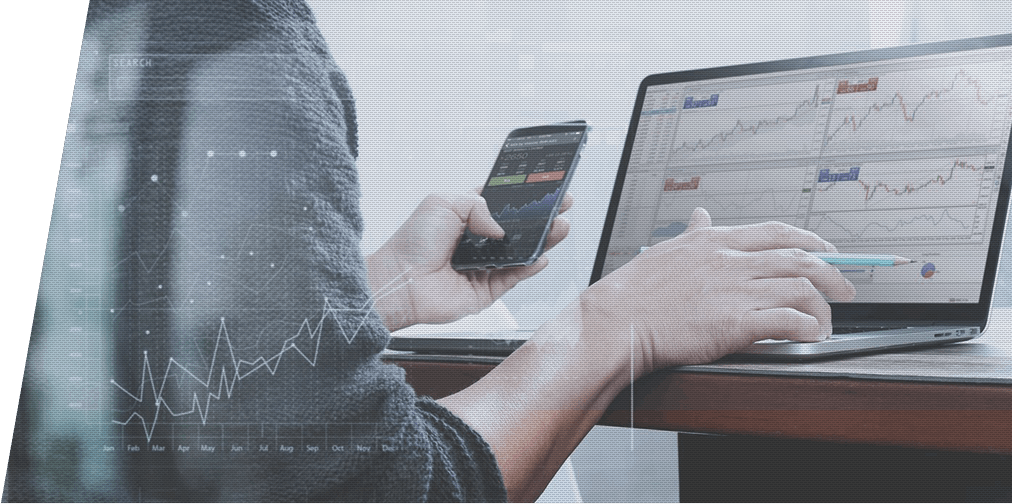For many that have yet to invest in the financial markets, one of their first questions is, can you get rich trading forex?
Getting rich is most people’s dream and so it’s unsurprising that this is one of the most common questions among new forex traders who want to know their odds of becoming rich very quickly with forex trading.
The short answer is this – yes, you can get rich if you trade forex or CFDs. However, you have to understand that forex trading is not some get-rich-quick scheme. Forex trading (short for foreign exchange trading) and currency trading is a skill, and like most skills, it takes time, patience, diligence, and experience to learn and refine. Success won’t happen overnight and anyone who says otherwise probably doesn’t have your best interests at heart.












 Access 10,000+ financial instruments
Access 10,000+ financial instruments